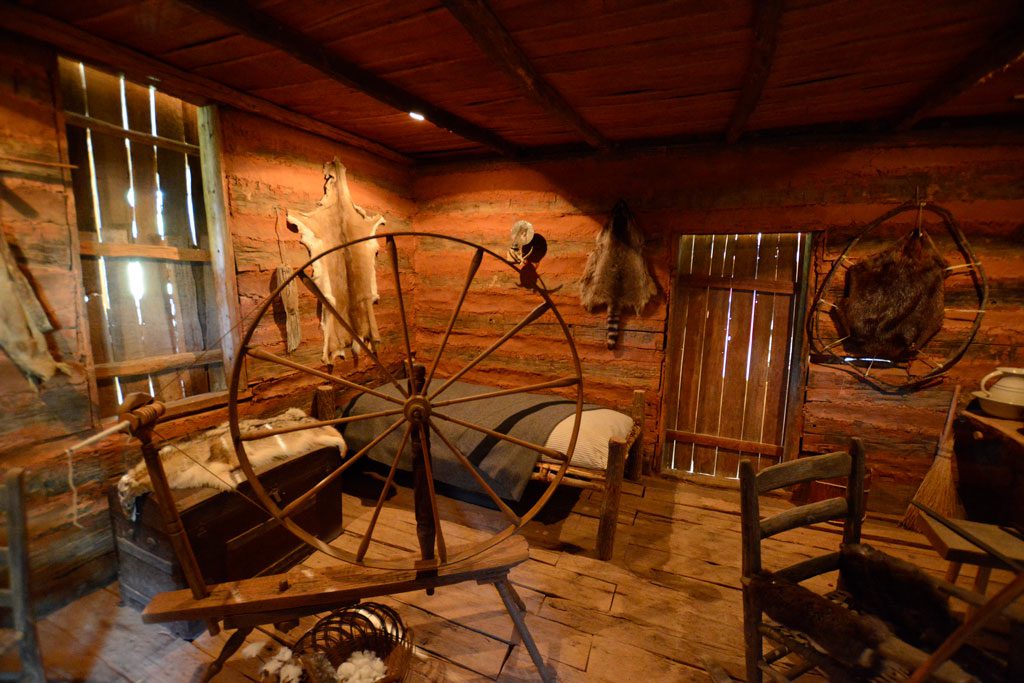
[dropcap]Near[/dropcap] Sallisaw, Oklahoma, is the home of a man who may have done more to unite the Cherokee people – and promote the formation of their sovereign nation – than anyone in history. This cabin and acreage is where Sequoyah and his wife settled in 1829, shortly ahead of the mass relocation of many more of his tribe.
Recently the Cherokee Nation and the Oklahoma Historical Society worked together to transfer ownership and responsibility for preservation of this historic site back to Sequoyah’s tribe. The site had been maintained by OHS since 1934. “We commend the state for being such good stewards of the 200-acre site and former home, and now it is time for the Cherokee Nation to lead the preservation effort,” says Chuck Hoskin, chief of staff for the Cherokee Nation.
Sequoyah, also known as George Gist, was born in Georgia in the late 18th century. He moved several times as the Cherokee were pushed farther and farther west. He lived in Alabama and Arkansas and finally settled in eastern Indian Territory, near the Arkansas border.
Sequoyah’s impact on history could best be described as being a man of peace, said Dr. Bob Blackburn, executive director of the Oklahoma Historical Society. He sought to unify the Cherokee people when he sensed that they were being divided, geographically, racially, politically, and economically. Sequoyah felt this separation firsthand as he moved westward. He recognized that his people needed a way to communicate across distance; they needed a written language. “I really believe he was motivated to do that as a way to bring the Cherokee people back together through the power of the written word,” Blackburn says.
Sequoyah would go on to create a syllabary, or a catalogue of symbols that represents spoken syllables, for the Cherokee language. “In our tribe’s long and unique history, Sequoyah made an everlasting impact and truly changed the way our people communicate, share ideas and preserve history,” Hoskin says.
Sequoyah’s cabin home is small and modest and is completely surrounded by a larger, protective building. The interior of the log cabin measures only a few hundred square feet from the fireplace on one side to the far wall where a square wooden table and chairs are tucked. The site includes a museum and gift shop, scenic picnic area, room for children to run and play, and other out buildings from the era.
Sequoyah’s tribe, the nation he supported through difficult trials, continues to value his monumental contribution by protecting his home. “We are so proud to assume ownership and management of the historical site and have the opportunity to give it the respect and reverence it deserves. We will ensure this site thrives and continues operation forever,” Hoskins says. The memory, contribution and true genius of Sequoyah will continue to live on inside the little cabin. The Muscogee (Creek) poet, Alexander Posey, summed up Sequoyah’s contribution beautifully in the final two lines of his “Ode to Sequoyah,” “At length, in spite of jeers, of want and need / Thy genius shaped a dream into a deed.”
























